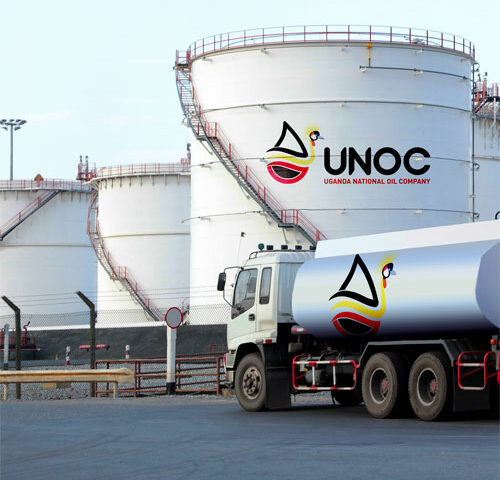By Spy Uganda
Uganda’s oil production plans were redesigned to reduce emissions and the environmental impact, an official from the state-owned oil company has explained trashing European Union’s resolution against the country’s oil production.

Uganda National Oil Co. (UNOC) Chief Operating Officer of the upstream, Philips Obita said the initial field development plan in 2016 was substantially rethought in 2021.
The Lake Albert project spans two upstream developments, TotalEnergies-operated Tilenga and CNOOC Uganda’s Kingfisher. The plan covers the export of oil via the East African Crude Oil Pipeline (EACOP), which has come in for sustained environmental criticism.

“Both [upstream field] projects were designed for a very low carbon footprint, particularly around scope 1 emissions,” Obita said. He was talking on an African Development Bank (AfDB) webinar on the topic of minimising greenhouse gases.

The first plan, from 2016, focused on power generation from associated gas, with Liquefied Petroleum Gas (LPG) production proposed.

The plan is to produce up to 30 million cubic feet per day of gas from Tilenga, he said. Kingfisher will produce about 9 mmcf per day at peak.
The project called for associated gas to provide power and heat for around 15 years of production, after which it would come to rely on power from the national grid. The grid largely takes electricity generated by hydropower. Tilenga would have used four gas turbine generators.
“That first plan put us at a fairly high level of CO2 emissions, at 15 kg per barrel,” Obita said. “That’s a little more than 1 million tonnes per year.”
The operators revised the plan, with more focus on emissions, and submitted their proposals in 2021. While the concept was largely the same, the UNOC official said, there were some key differences.
“This time we adopted a hybrid of LPG and gas-to-power generation,” he said. The priority is now to produce 87,000 tonnes per year of LPG at peak from Tilenga. “The need for the gas turbine generators has been revised. Instead of using four, we will use two.”
The field will produce gas for around three years, he said. Then it will import “renewable energy from the national grid”. The changes will reduce emissions from the project to around 10 kg of CO2e per barrel for the upstream development.
The plan for EACOP also changed in order to reduce emissions. First, the project planners expected to power the pipeline through burning crude.
“Now, the power will come from solar energy,” Obita said, a move that has reduced CO2 emissions by 30%. A reduced number of pumping stations will have oil-burning capacity in order to ensure grid stability, he said.








